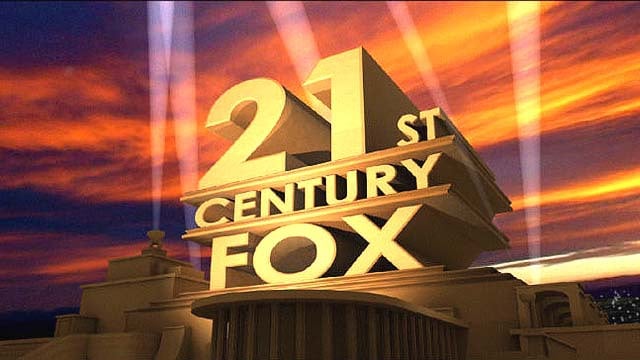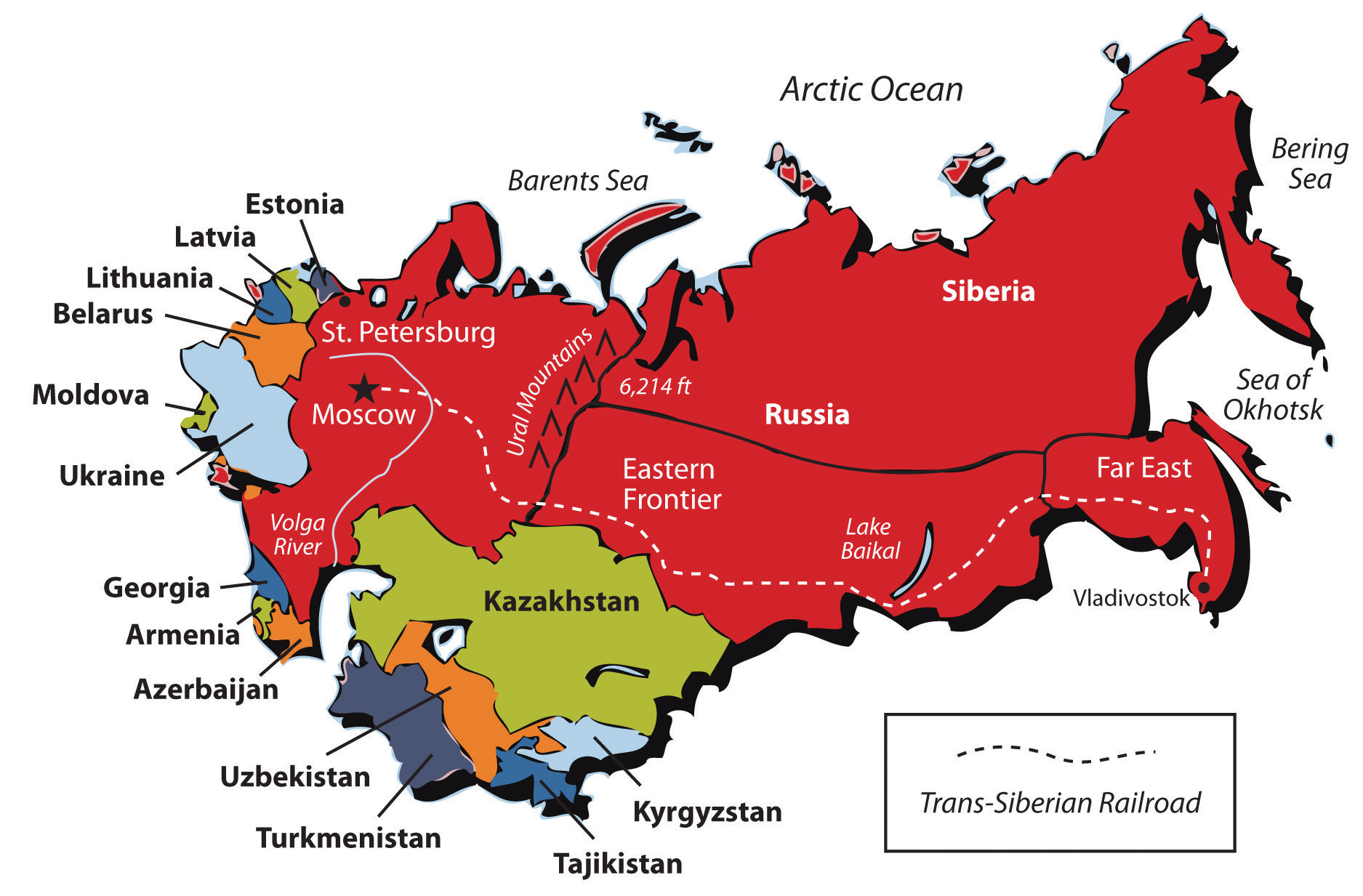Unit IX is only 5% of the AP Exam and there will not be any essay questions on the era, however, it is still a very important unit IMO. It's the only unit you were likely alive for and it has done a great deal to shape present day events in the political, social and economic spheres. We are talking about the end of the "Cold" War, the rise of modern Conservatism (and Trump), and the "war on terror". To a certain degree it is hard to ascertain the most historically important events because we don not have the perspective to judge them, but there are definitely many that will likely stand the test of time. Presenting your last unit . . . .
Unit IX Key Concepts
Key Concept 8.1: A newly ascendant conservative movement achieved several political and policy goals during the 1980's and continued to strongly influence public discourse in the following decades.
I. Conservative beliefs regarding the need for traditional social values and a reduced role for government advanced in US politics after 1980.
A. Ronald Reagan's victory in the presidential election of 1980 represented an important milestone, allowing conservatives to enact significant tax cuts and continue deregulation of many industries.
B. Conservatives argued that liberal programs were counterproductive in fighting poverty and stimulating economic growth. Some of their efforts to reduce the size and scope of the federal government met with inertia and liberal opposition, as many programs remained popular with voters.
C. Policy debates continued over free trade agreements, the scope of the federal government, social safety net, and calls to reform the US financial system.
Key Concept 9.2 --Moving into the 21st century, the nation experienced significant technological, economic, and demographic changes.
I. New developments in science and technology enhanced the economy and transformed society, while manufacturing decreased.
A. Economic productivity increased as improvements in digital communications enabled increased American participation in worldwide economic opportunities.
B. Technological innovations in computing, digital mobile technology, and the Internet transformed daily life, increased access to information, and led to new social behaviors and networks.
C. Employment increased in service sectors and decreased in manufacturing, and union membership declined.
D. Real wages stagnated for the working and middle class amid growing economic inequality.
II. The US population continued to undergo demographic shifts that had significant cultural and political consequences.
A. After 1980, the political, economic, and cultural influence of the American South and West continued to increase as population shifted to those areas.
B. International migration from Latin America and Asia increased dramatically. The new immigrants affected US culture in many ways and supplied the economy with an important labor force.
C. Intense political and cultural debates continued over issues such as immigration policy, diversity, gender roles, and family structures.
Key Concept 9.3 --The end of the Cold War and new challenges to US leadership forced the nation to redefine its foreign policy and role in the world.
I. The Reagan administration promoted an interventionist foreign policy that continued in later administrations, even after the end of the Cold War.
A. Reagan asserted US opposition to communism through speeches, diplomatic efforts, limited military interventions, and a buildup of nuclear and conventional weapons.
B. Increased US military spending, Reagan's diplomatic initiatives, and political changes and economic problems in Eastern Europe and the Soviet Union were all important in ending the Cold War.
C. The end of the Cold War led to diplomatic relationships but also new US military and peacekeeping interventions, as well as continued debates over the appropriate use of American power in the world.
US troops on a peacekeeping mission in Kosovo
II. Following the attacks of September 11, 2001, US foreign policy efforts focused on fighting terrorism around the world.
A. In the wake of attacks on the World Trade Center and the Pentagon, the United States launched military efforts against terrorism and lengthy, controversial conflicts in Afghanistan and Iraq.
B. The war on terrorism sought to improve security within the United States but also raised questions about the protection of civil liberties and human rights.
C. Conflicts in the Middle East and concerns about climate change led to debates over fossil fuels and the impact of economic consumption on the environment.
D. Despite economic and foreign policy challenges, the United States continued as the world's leading superpower in the 21st century.
Unit IX in Maps
The Cold War Nato vs Warsaw
Election of 1980
CAFTA Nations
Trans Pacific Partnership
Entitlement Spending
US Federal Debt
US Divorce Rates late 20th century
US Internet Access
Service vs Manufacturing sector employment
Top Tax bracket in us history
Defense Spending During the Cold war
Dissolution of the USSR
US military interventions since World War II
Videos and Links
The Following sites and materials are useful in reviewing the content of this unit
AP Notes -- American Pageant Textbook Summaries
Click HERE to link to the textbook summary page
Gilder Lehrman AP US History
The Gilder Lehrman site offers review videos, key concepts and an interactive timeline of the era. It also contains study guides and sample essays from key topics in the time period. Visit the Gilder Lehrman AP US History Unit IX website HERE

























































